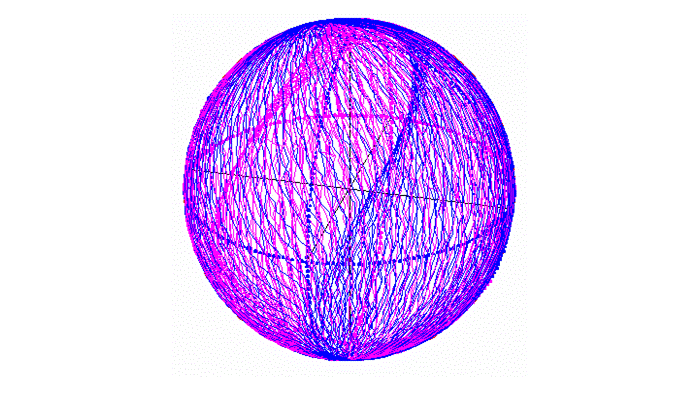Control polarization the precise way
Polarization-dependent effects often have undesirable effects in fiber-optic systems, such as polarization-dependent losses (PDL) in components and devices or the amplifier’s polarization dependence in EDFAs. You can control the polarization in two ways:
- With “scrambling”, the polarization state of the light with high frequency changes. In other words, the light is more or less depolarized
- Use polarization controllers if you would like a specific, fixed polarization state
For motorized polarization controllers please contact us directly.

Polarization Controller (Manual) – Miniature
The Properties:
- All-fiber concept
- Patented principle without squeezing the fiber
- Super-compact
- Easy to integrate
- Low loss
Specifications
| IPC | Miniature IPC | |
Operating Wavelength Range | 1520 ~ 1620 nm | 1520 ~ 1620 nm |
Insertion Loss | < 0.5 dB (< 0.3 dB typical) | < 0.5 dB (< 0.3 dB typical) |
Polarization Extinction Ratio | > 20 dB (> 25 dB typical) | > 20 dB (> 25 dB typical) |
Back Reflection | < -60 dB (without connector) | < -60 dB (without connector) |
Dimensions (W x H x D) | 88 x 17 x 19.5 mm | 88 x 6 x 10 mm |

Polarization Controller (Manual) – Paddles
The Properties:
- All-fiber configuration
- Classic paddle set-up (“pig’s ears”)
- Wavelengths: 830, 1,310, 1,550 nm
- Simple
- Affordable

Polarization Scrambler – Bench-Top
The Properties:
- All-fiber configuration
- Swift scrambling at > 1 MHz
- Central wavelengths: 980, 1,310, 1,480, 1,550, 1,570, 1,590 nm
- Wide bandwidth > 40 nm
- Low loss < 0.7 dB
- Rack or module version optional
Models
| PS3000 | PS3100 | PS3200 | |
Output DOP | < 5% | < 5% | < 5% |
Polarization modulation frequencies | 1310, 1480, 1550, 1590 nm | 1550, 1590 nm | 980, 1570 nm |
Operating wavelength range | > 40 nm | > 40 nm each | > 80 nm |
